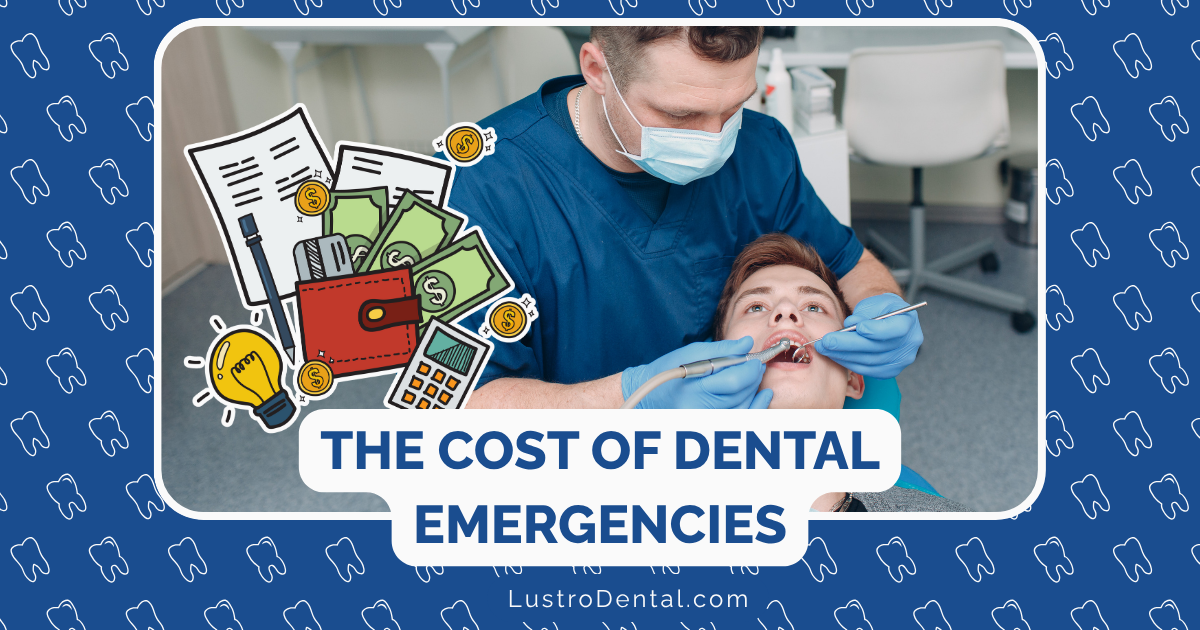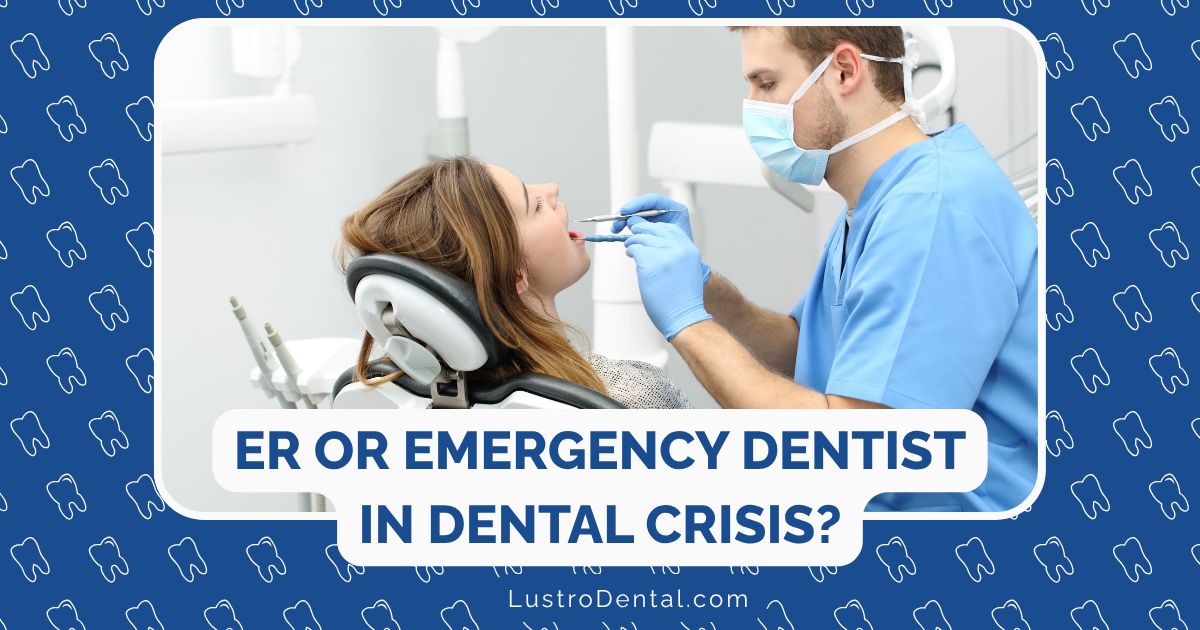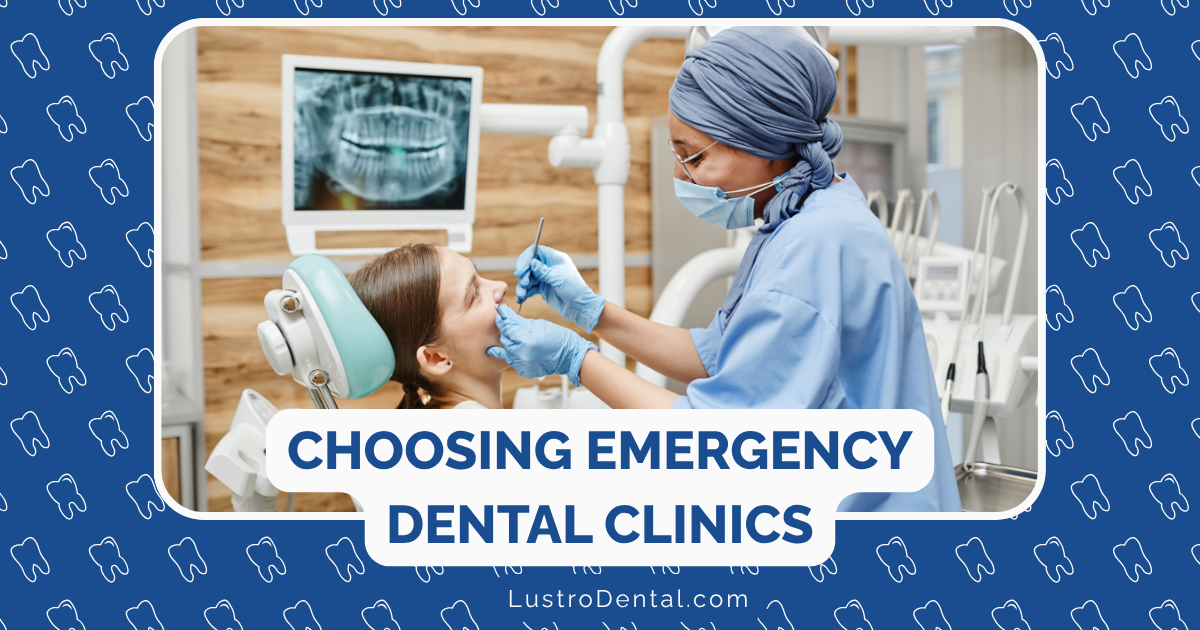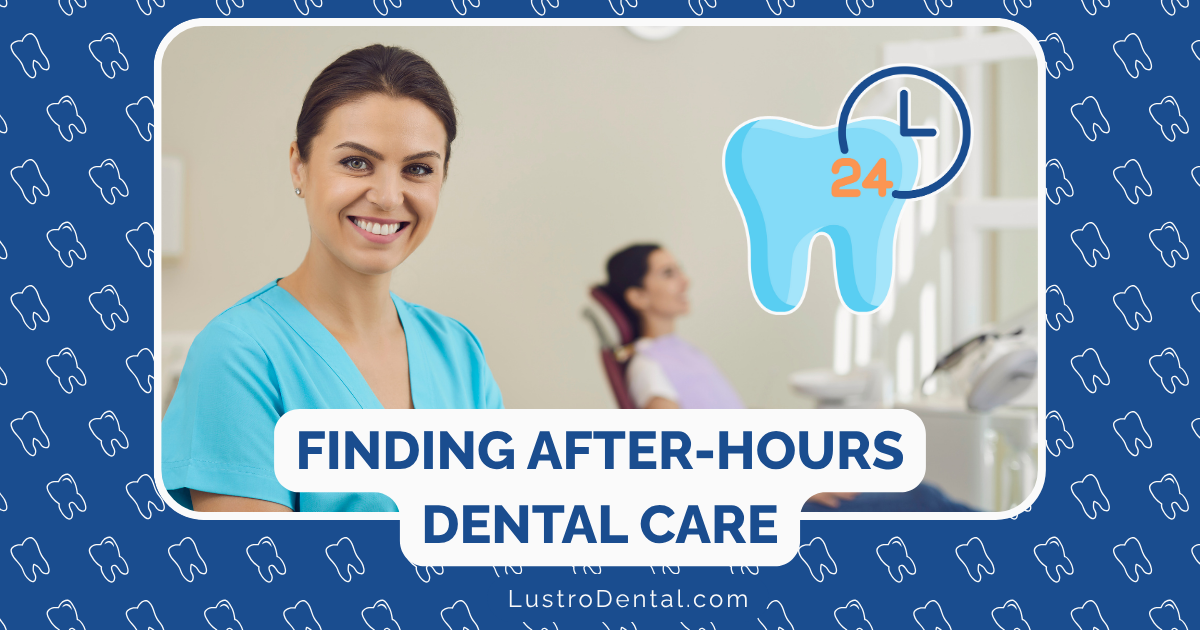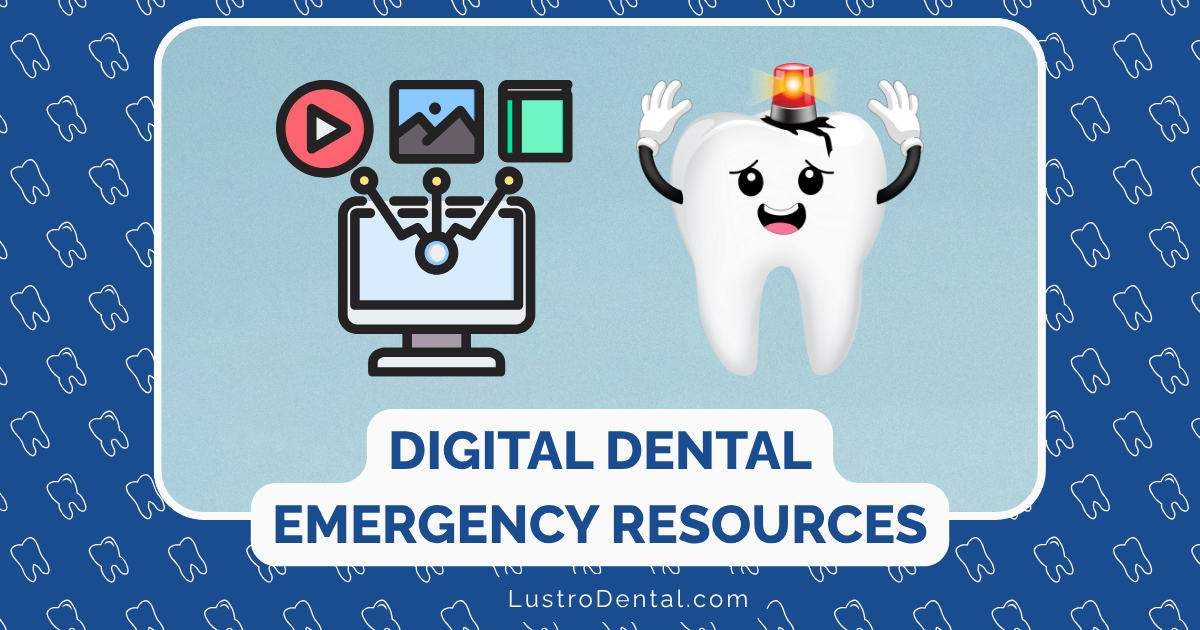The Connection Between Sinus Problems and Tooth Pain: How to Tell the Difference
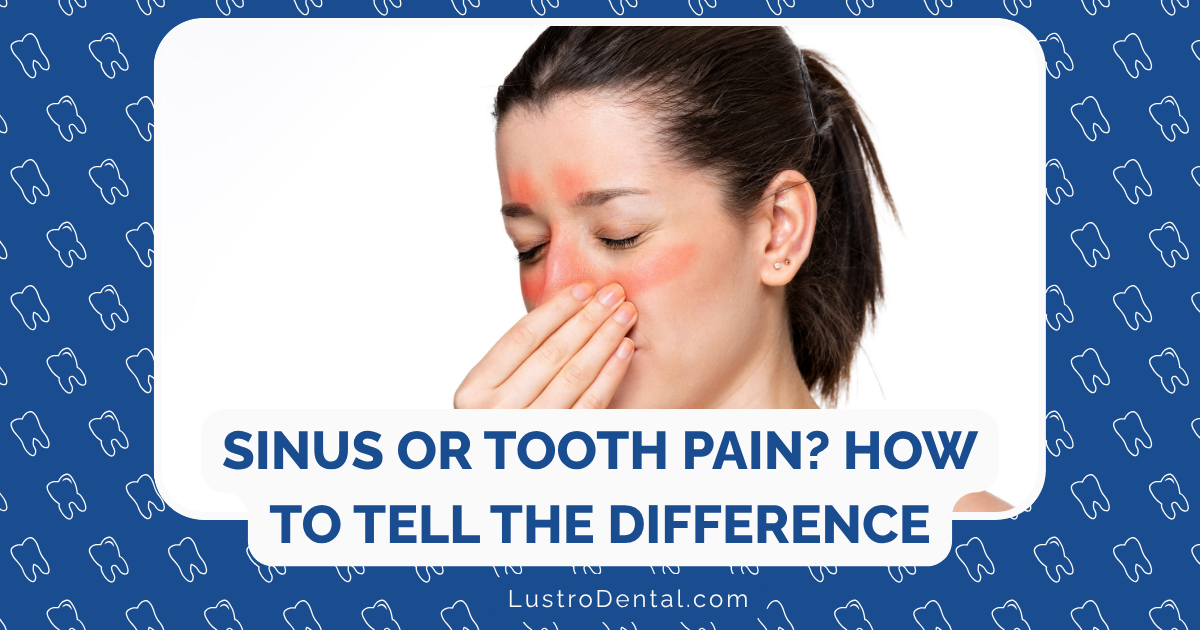
When Jennifer woke up with pain in her upper molars, her first thought was a dreaded root canal. But after noticing her stuffy nose and headache, she wondered if something else might be causing her dental discomfort. “I couldn’t tell if I needed to call my dentist or my doctor,” she recalled. “The pain felt like it was definitely in my teeth, but something seemed different from a typical toothache.”
Jennifer’s confusion is common. The close anatomical relationship between your sinuses and upper teeth can make it challenging to determine the true source of your pain. Misdiagnosing the cause can lead to unnecessary dental procedures, delayed treatment, or prolonged discomfort.
In this comprehensive guide, we’ll explore the connection between sinus problems and tooth pain, provide clear guidelines to help you distinguish between the two, and offer advice on when to seek appropriate care.
The Anatomical Connection: Why Sinus Problems Can Cause Tooth Pain
To understand why sinus issues can masquerade as dental problems, it helps to visualize the anatomy involved.
The Maxillary Sinuses and Upper Teeth
The maxillary sinuses are the largest of your four pairs of paranasal sinuses. Located behind your cheekbones, these air-filled cavities sit directly above the roots of your upper molars and premolars. In some people, the roots of these teeth actually extend into the sinus cavity itself.
Dr. Sarah Chen, an otolaryngologist (ear, nose, and throat specialist) at Mayo Clinic, explains: “The roots of your upper back teeth are separated from the maxillary sinus by a thin layer of bone and tissue. When the sinus lining becomes inflamed during sinusitis, this inflammation can put pressure on the nearby tooth roots, creating pain that’s virtually indistinguishable from a toothache.”
This close proximity creates a two-way relationship:
- Sinus inflammation can cause tooth pain
- Dental infections can sometimes spread to the sinuses
How Sinusitis Leads to Tooth Pain
During a sinus infection or inflammation (sinusitis), several mechanisms can trigger tooth pain:
- Direct pressure: Inflamed and swollen sinus tissues put pressure on the nerves of nearby tooth roots
- Referred pain: The trigeminal nerve supplies sensation to both the sinuses and upper teeth, making it difficult for your brain to pinpoint the exact source of pain
- Fluid accumulation: Mucus buildup in the sinuses increases pressure throughout the maxillary sinus cavity
- Shared blood supply: Inflammation in the region can affect both structures due to their interconnected blood vessels
According to research published in the Journal of the American Dental Association, up to 20% of patients seeking dental care for upper tooth pain may actually be experiencing sinus-related discomfort.
Distinguishing Features: Sinus Pain vs. True Dental Problems
While the pain location can be similar, several key differences can help you determine whether your discomfort stems from your sinuses or your teeth.
Symptoms More Likely to Indicate Sinus-Related Pain
- Multiple teeth affected: Sinus pain typically affects several upper back teeth on the same side, rather than a single tooth
- Pain changes with position: Discomfort that worsens when bending over or lying down often points to sinus involvement
- Accompanying sinus symptoms:
- Nasal congestion or runny nose
- Facial pressure or fullness
- Post-nasal drip
- Reduced sense of smell
- Headache that worsens in the morning
- Fatigue
- Low-grade fever
- Bilateral pain: Often affects both sides of the face, though one side may be worse
- Seasonal or environmental triggers: Pain that coincides with allergy seasons or environmental changes
Dr. Robert Wilson, a dentist specializing in orofacial pain, notes: “A key differentiator is that sinus-related tooth pain rarely occurs in isolation. It’s almost always accompanied by other sinus symptoms, even if they’re mild.”
Symptoms More Likely to Indicate a True Dental Problem
- Localized pain: Discomfort is typically concentrated in a single tooth
- Sensitivity triggers: Pain that’s triggered or worsened by:
- Hot or cold temperatures
- Sweet foods
- Biting or chewing pressure
- Visual signs:
- Visible cavity or damage
- Swelling or redness of the gum around a specific tooth
- Pimple-like bump on the gum (abscess)
- Tooth discoloration
- Persistent pain: Discomfort that remains constant regardless of position, time of day, or sinus-clearing techniques
- History of dental issues: Previous problems with the painful tooth
“True dental pain is typically more precise and has specific triggers,” explains Dr. Lisa Rodriguez, an endodontist. “Patients can usually point to the exact tooth that hurts, and the pain often responds differently to temperature or pressure than sinus-related discomfort.”
Self-Assessment Techniques: The Tap Test and More
While a definitive diagnosis requires professional evaluation, these simple self-assessment techniques can provide helpful clues:
The Tap Test
- Gently tap on your upper teeth one by one using a finger or the eraser end of a pencil
- Note which teeth are sensitive to tapping
- If several adjacent upper teeth are equally sensitive, particularly the molars and premolars, sinus issues are more likely
- If one specific tooth is significantly more painful when tapped, a dental problem is more probable
The Position Test
- Note your tooth pain level while sitting upright
- Bend forward with your head down for 30-60 seconds
- Return to upright position and reassess pain
- If pain increases significantly when bending over, sinus involvement is likely
The Congestion Connection
- Use a decongestant nasal spray as directed (if not contraindicated by other health conditions)
- Monitor whether tooth pain diminishes as nasal congestion improves
- Improvement with decongestants suggests sinus-related pain
Dr. Chen cautions: “These self-assessment techniques provide helpful information but aren’t definitive. They should guide your decision about which specialist to see first, not replace professional evaluation.”
Treatment Approaches: Addressing the Real Cause
Effective treatment depends on correctly identifying the source of your pain. Here’s how each condition is typically addressed:
For Sinus-Related Tooth Pain
- Decongestants: Over-the-counter nasal sprays or oral decongestants can reduce sinus pressure and associated tooth pain
- Saline irrigation: Nasal saline rinses help clear mucus and reduce inflammation
- Steam inhalation: Breathing warm, moist air can loosen mucus and relieve pressure
- Pain relievers: Anti-inflammatory medications like ibuprofen address both pain and inflammation
- Antihistamines: Helpful if allergies are contributing to sinus inflammation
- Antibiotics: Prescribed if bacterial sinusitis is diagnosed (note that most sinus infections are viral and don’t require antibiotics)
- Corticosteroids: Nasal steroid sprays reduce inflammation in chronic cases
According to research in the American Journal of Rhinology & Allergy, addressing the underlying sinus inflammation typically resolves associated tooth pain within 7-10 days.
For True Dental Problems
- Fillings: For cavities or minor tooth damage
- Root canal therapy: When infection or inflammation affects the tooth’s pulp
- Antibiotics: For dental infections with spreading symptoms
- Extraction: For severely damaged teeth that cannot be saved
- Gum treatment: For periodontal disease affecting the tooth
Dr. Wilson emphasizes: “Treating sinus problems won’t resolve true dental issues, and vice versa. That’s why accurate diagnosis is crucial. I’ve seen patients undergo unnecessary root canals when their pain was actually sinus-related, and I’ve seen others suffer prolonged sinus infections because they assumed their pain was ‘just a toothache.'”
When to See a Dentist vs. When to See a Doctor
Knowing which professional to consult first can save time, money, and unnecessary procedures.
See a Dentist First If:
- Pain is limited to a single tooth
- You have visible dental issues (cavity, broken tooth, etc.)
- Pain is triggered by hot, cold, or sweet stimuli
- You have a history of problems with the painful tooth
- There’s swelling or a pimple-like bump on the gum
- You have no accompanying sinus symptoms
See a Doctor First If:
- Multiple upper teeth hurt simultaneously
- Pain is accompanied by significant nasal congestion, facial pressure, or reduced sense of smell
- Symptoms worsen when bending over or lying down
- You have a fever, colored nasal discharge, or severe headache
- You’ve recently had a cold or upper respiratory infection
- Symptoms follow a seasonal pattern or environmental triggers
Dr. Rodriguez advises: “When in doubt, consider which symptoms are most prominent. If dental pain is your primary concern with minimal sinus symptoms, start with a dentist. If sinus congestion and pressure dominate with tooth pain as a secondary issue, begin with your primary care doctor or an ENT specialist.”
Jennifer’s Resolution: Finding the True Source
Returning to Jennifer’s story, she decided to see her primary care doctor first based on her multiple symptoms. Her doctor diagnosed acute maxillary sinusitis and prescribed appropriate treatment.
“Within three days of starting treatment for my sinusitis, the tooth pain completely disappeared,” Jennifer recalled. “I’m so glad I didn’t rush into dental work. Understanding the connection between my sinuses and teeth saved me from unnecessary procedures.”
Prevention Strategies: Minimizing Future Episodes
While you can’t always prevent sinus infections or dental problems, these strategies can reduce your risk of both:
For Sinus Health:
- Practice good hand hygiene to reduce viral transmission
- Stay hydrated to keep mucus thin and flowing
- Use a humidifier in dry environments
- Manage allergies proactively with appropriate medications
- Avoid smoking and secondhand smoke
- Rinse sinuses during allergy seasons or after environmental exposure
For Dental Health:
- Maintain regular dental check-ups to catch problems early
- Practice thorough oral hygiene with proper brushing and flossing
- Address teeth grinding with a night guard if recommended
- Limit sugary foods and beverages that contribute to decay
- Stay hydrated to maintain adequate saliva production
- Address dental issues promptly before they escalate
When Both Conditions Coexist: The Complicated Cases
In some situations, dental problems and sinus issues occur simultaneously, creating a complex diagnostic challenge.
Dr. Chen explains: “The relationship between teeth and sinuses works both ways. While sinusitis can cause tooth pain, an infected tooth can sometimes lead to sinusitis. When both conditions coexist, comprehensive treatment addressing both issues is necessary.”
Signs that both conditions might be present include:
- Persistent symptoms despite treatment for one condition
- Symptoms that partially improve but don’t resolve completely
- A clear initial trigger (like a dental problem) followed by developing sinus symptoms
- Severe pain that doesn’t match the apparent severity of either condition alone
In these cases, collaboration between dental and medical providers offers the best outcome.
Conclusion: Listening to Your Body’s Signals
The connection between your sinuses and teeth represents one of the more confusing overlaps in the human body. Pain that seems to originate in your teeth may actually stem from your sinuses, and occasionally, what feels like sinus pressure might be referred pain from a dental problem.
By understanding the distinguishing features of each condition and performing simple self-assessment techniques, you can make more informed decisions about which professional to consult first. Remember that the goal isn’t self-diagnosis but rather gathering information to guide your next steps.
As Jennifer discovered, recognizing the potential connection between sinus problems and tooth pain can save you from unnecessary procedures, expense, and prolonged discomfort. When in doubt, discuss your symptoms thoroughly with your healthcare provider, mentioning both dental and sinus concerns to ensure accurate diagnosis and appropriate treatment.
Have you experienced tooth pain related to sinus problems? We’d love to hear about your experience in the comments below.


